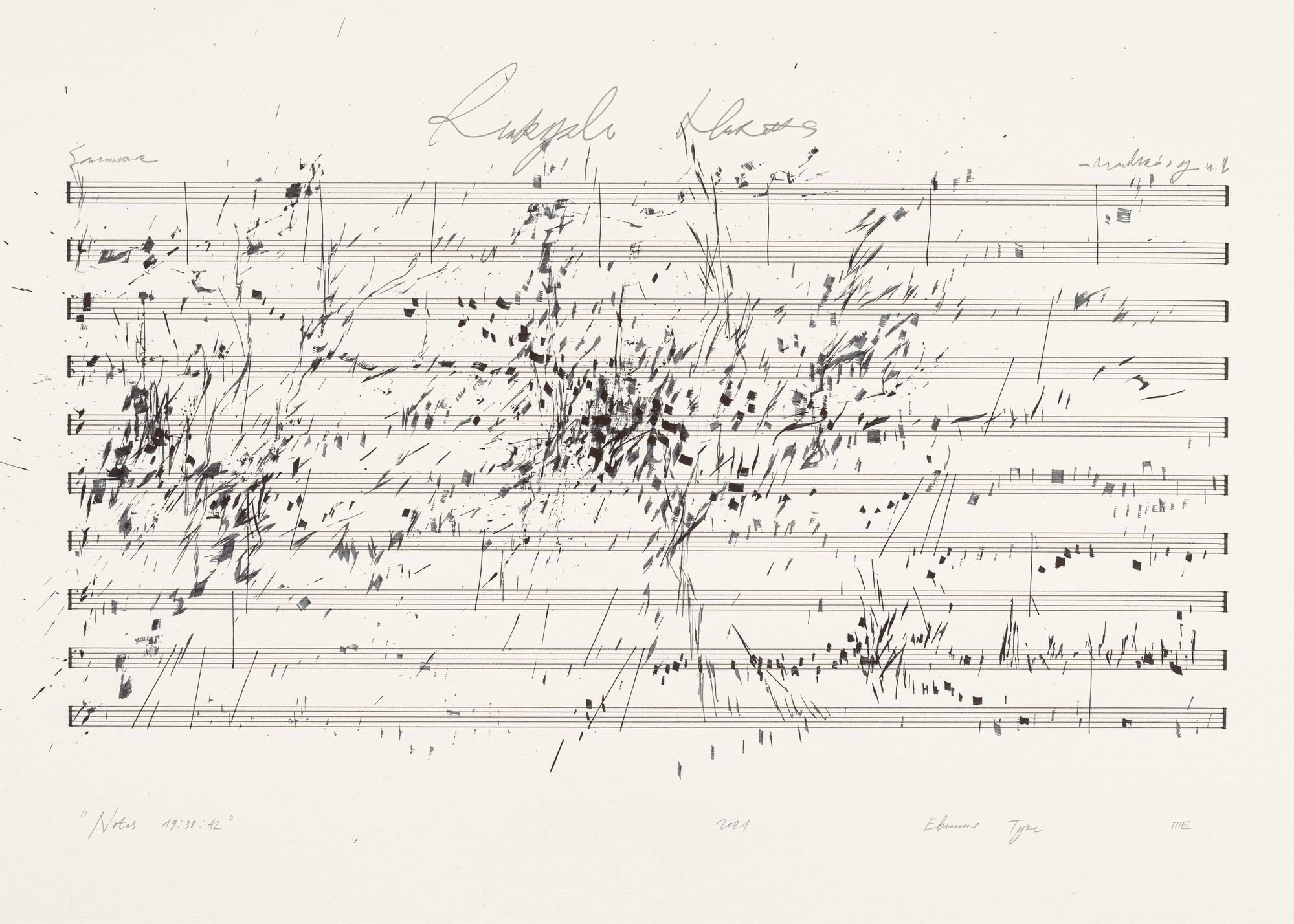An enigmatic monument of baroque music and the first appearance by a new musical ensemble.
The Musical Offering. Out Ensemble, Yaroslav Timofeev
- Date:
13 Feb 2025
- Age restrictions
- 12+
Programme
Johann Sebastian Bach (1685–1750)
The Musical Offering, BWV 1079 (1747)
On 7 May 1747, the Prussian King Frederick II, creator and ideologist of German statehood and, in his spare time, flautist and composer, received Johann Sebastian Bach at the Palace of Sanssouci in Potsdam. The monarch proposed a musical theme, on which the composer, there and then, improvised a fugue.
Performed by
Out Ensemble
Maria Koryakina flute
Alexandra Simonova oboe, oboe da caccia
Ivan Loktionov bassoon
Roman Vikulov violin
Polina Lundstrem (Shupilova) violin
Margarita Pichuzhkina viola
Rust Pozyumsky viola da gamba
Arina Makhova baroque cello
Olga Davnis harpsichord
Yaroslav Timofeev concert host

Illustration: Evgenia Tut
Two months later, Bach published a collection of contrapuntal pieces using the same Thema Regium (Royal Theme) and sent a copy to the King. The sumptuously produced folio is dedicated to the “Most Gracious King” with an inscription in Latin, Regis Iussu Cantio Et Reliqua Canonica Arte Resoluta (“A theme prescribed by the King with additions resolved in the canonic style”). The first letters of the inscription (“RICERCA,” from the Italian verb “to seek”) spell the genre title often given to polyphonic instrumental pieces which were popular in the sixteenth and seventeenth centuries.
Although the story of the creation of the Musical Offering is attested and documented, the work itself is among the most enigmatic in the history of music. The individual pieces are in the nature of rebuses, with epigraphs in Latin, and the open-ended structure of the collection allows them to be performed in various sequences and with different instrumentations (only a few of the pieces have precise indication of the instruments to be used). True to the spirit of the baroque era, Bach treated the musical text as a cryptogram, encoding a message by means of codes and symbols conveyed through sounds, numbers, and text. Indeed, one part of the Musical Offering bears the title Quaerendo invenietis (“By seeking you shall find”).
The Offering has long been perceived exclusively as a masterpiece of polyphonic writing, a triumph of musical abstraction or even scholasticism. However, many of the allegorical clues were clear to the composer’s contemporaries and, for them, this supposed monument of “pure” music would have been rich in quite specific figurative, philosophical, and religious content.
Recent research suggests that the Offering was not intended for concert performance or for a broad public, but for a single addressee, King Frederick II, and that only the author of the Royal Theme would have been able to understand all the hidden subtexts of the work. Loss of the original manuscript has ensured that the Musical Offering remains a thing-in-itself, at once impossible to decipher and open to new interpretations by new generations of theorists and performers.
The performance of the work by the Out Ensemble at

